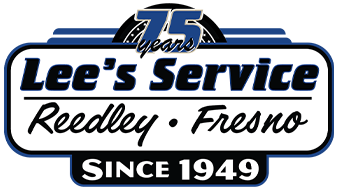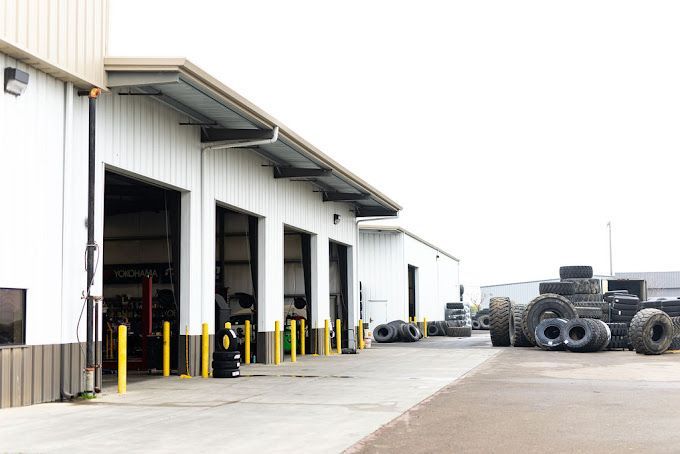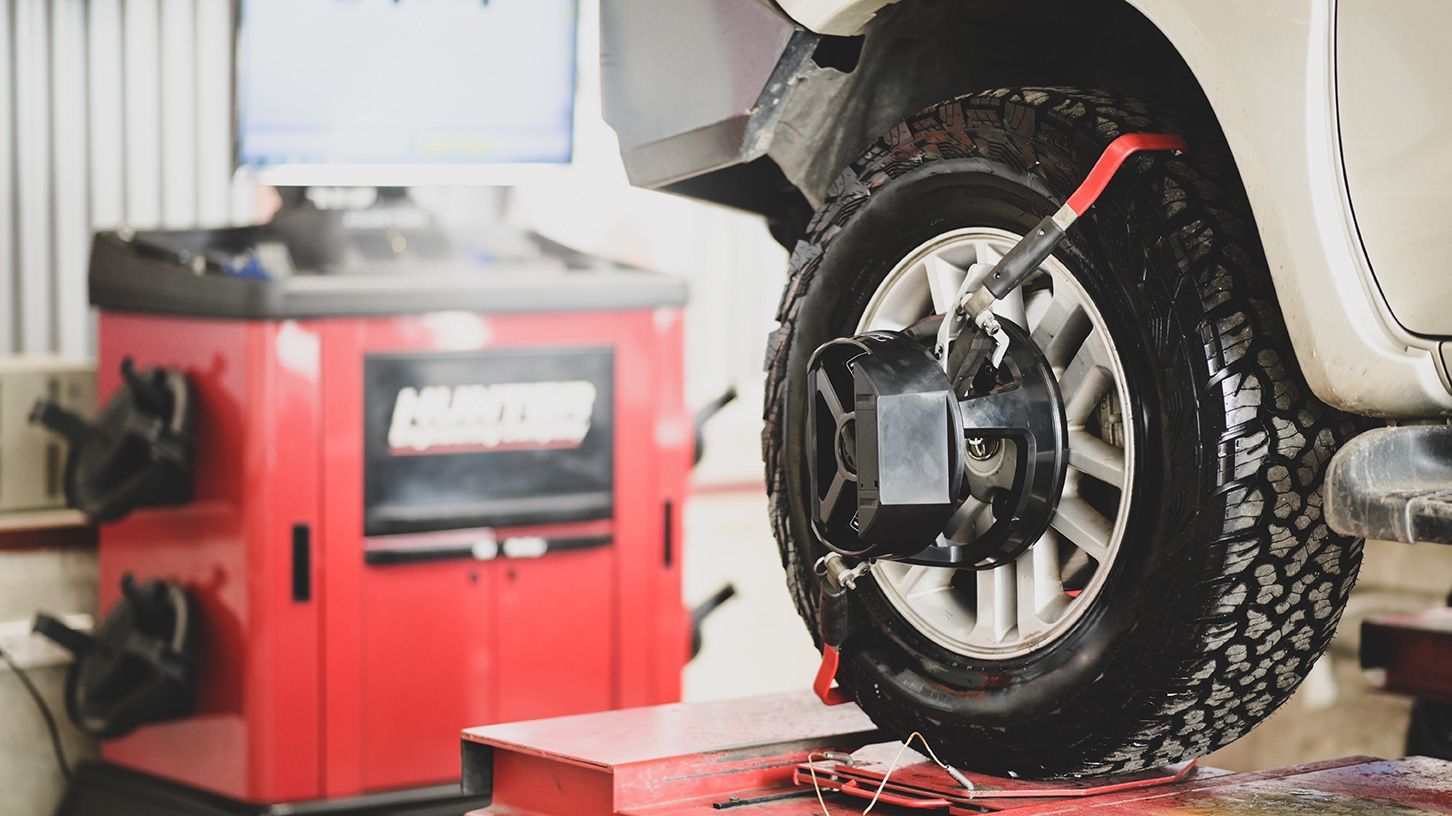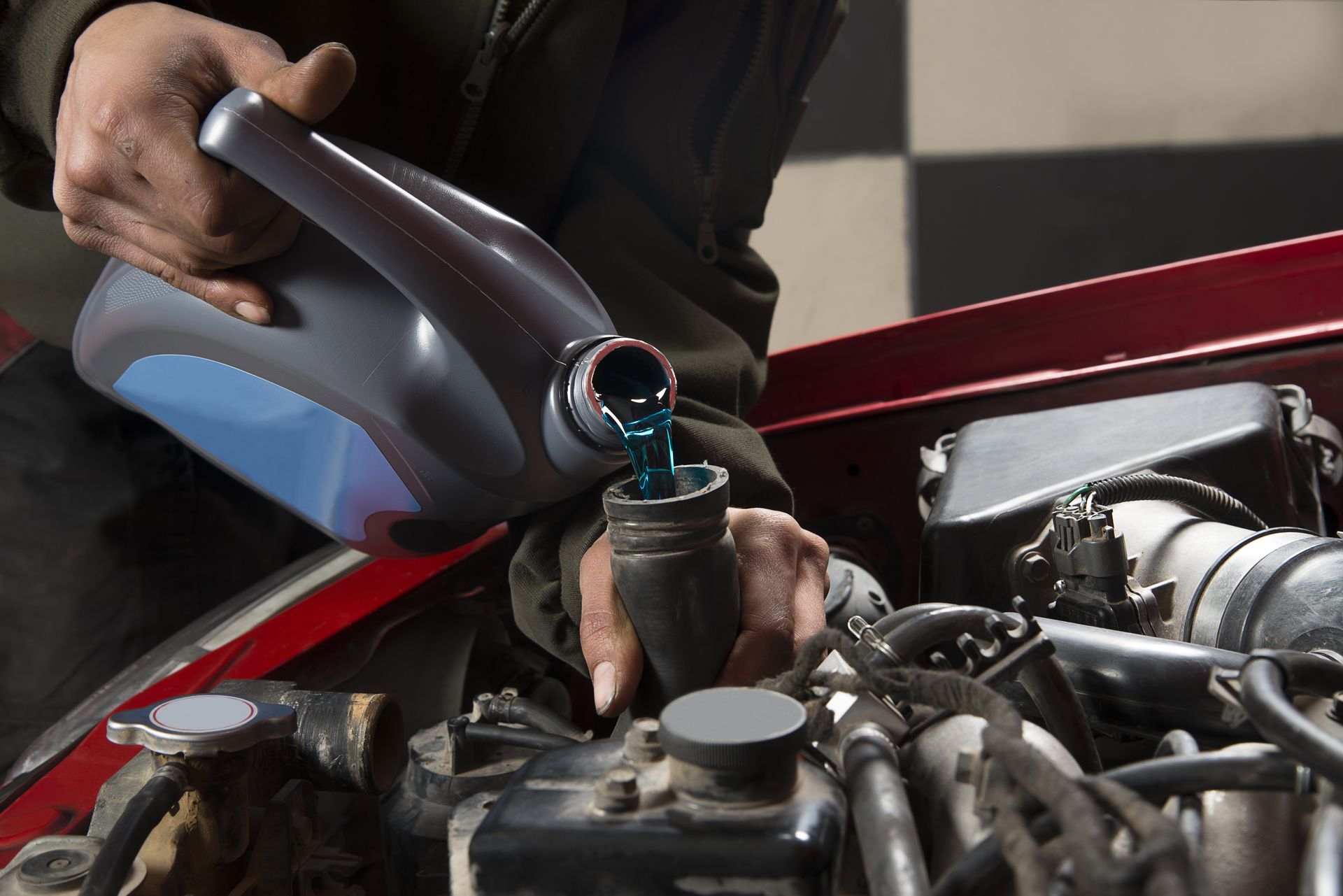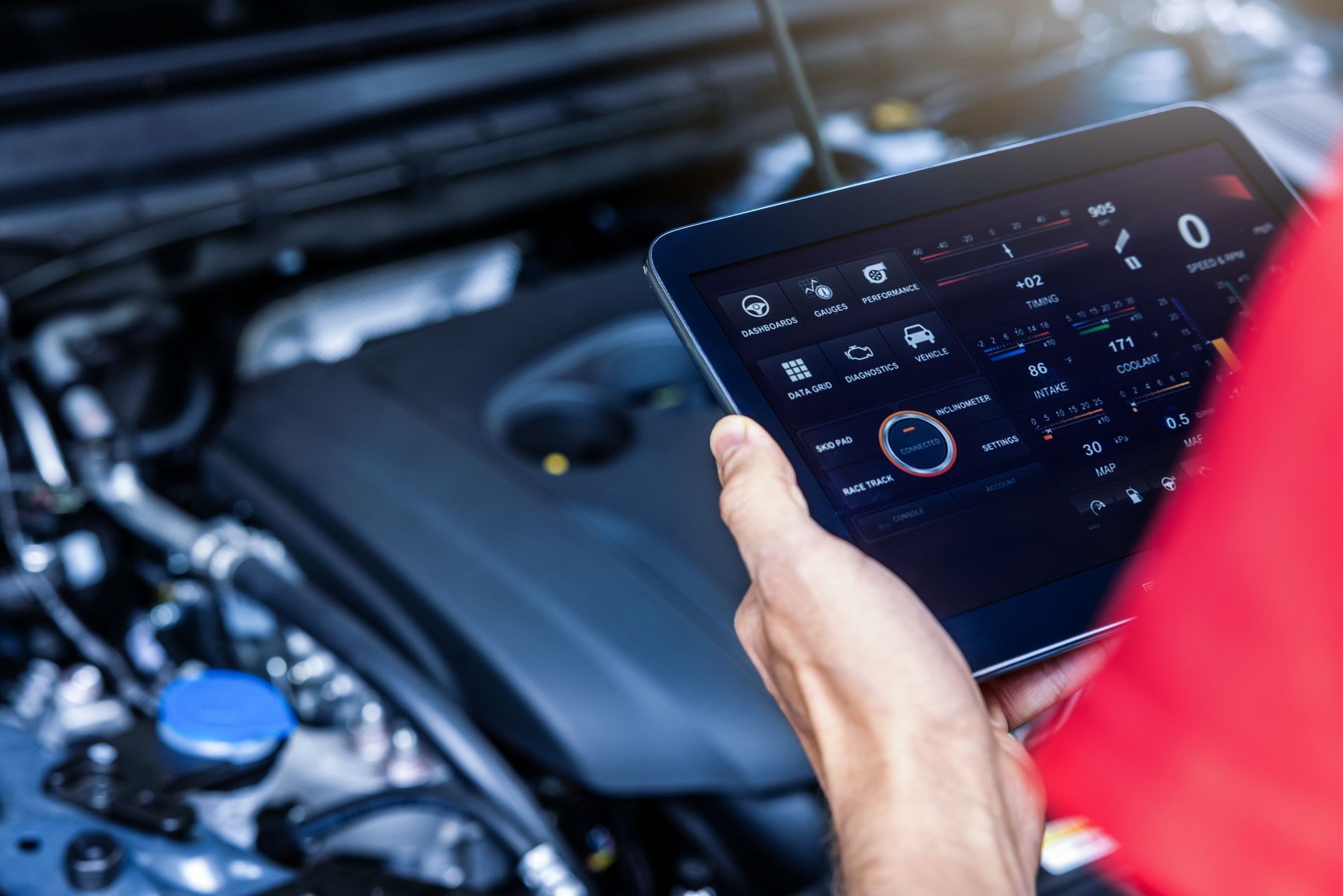How Does Power Steering Work?

How Does Power Steering Work?
The power steering system relies on several mechanical parts. Power steering systems function to provide easier maneuverability and a better degree of control over the vehicle, making driving all the more effort-free. It is sometimes referred to as the steering assist system or SAS. Without it, steering would be physically strenuous and challenging to perform. Power steering systems can either be hydraulic, electric or a combination of the two. Steering a vehicle involves getting its front wheels to turn synchronously, either to the left or right. This is achieved with the help of different gear systems. The two main steering gear systems are the rack and pinion and the recirculating ball steering gear.
The power steering system uses intermediate electric or hydraulic devices to reduce the effort necessary to steer the front wheels of the vehicle side to side. It multiplies the force applied by the driver through the steering wheel to achieve a smooth and quick directional change of the vehicle. Your car will respond immediately to even the smallest of adjustments you make, and it is easier to stay in your lane when you're driving in traffic and carrying out complicated parking maneuvers.
How Does Hydraulic Power Steering Work?
Hydraulic power steering uses fluid to intensify the force applied to turn your front wheels. The hydraulic fluid is pressurized by a pump driven off the engine, which provides hydraulic pressure to the steering system. When you turn the steering wheel, hydraulic pressure is applied to your steering gear, which turns your wheels. The whole system relies on the flow of fluid. The harder you turn your wheel, the more fluid flows to the hydraulic cylinder, so the more force is applied to your wheels.
How Does Electric Power Steering Work?
The electric power steering uses an electric motor that draws energy from the vehicle's electrical system to provide steering assistance. Sensors detect the torque or effort that the driver is applying at the steering wheel, and a computer decides how much assist needs to be added. The major benefit of electric power steering over hydraulic power steering is that they can adapt to suit specific driving conditions.
Avoid issues such as a power steering leak with a vehicle inspection from an auto repair shop. It's one of the best ways to ensure your power steering system and the rest of your vehicle's vital components can perform at their best. If you're finding it harder to turn than usual, then there's probably an issue with your power steering. Your steering should be effortlessly responsive. Schedule an appointment or bring your vehicle to an auto repair shop near you for power steering service.




